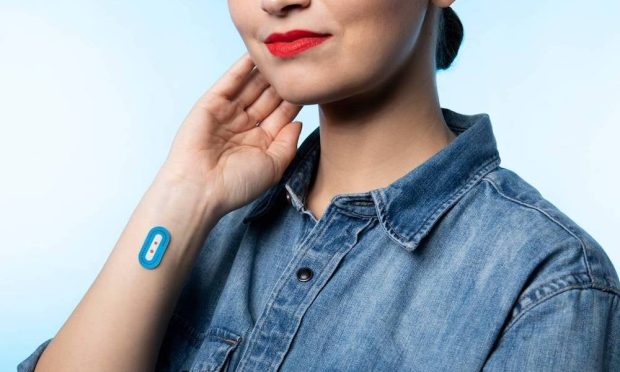L’Oreal And Driving Beauty’s Digital Makeover With Wearables

At first blush, pardon the pun, the world of beauty and cosmetics may not seem like the sort of retail space that has been waiting around for a digital makeover. While all kinds of adjectives have been applied to makeup, high-tech is generally not what comes to mind.
But that marketplace has been quietly changing over the last few years — such that in 2018 some experts began predicting that 2019 is set to be a year of technological transformation within the beauty and cosmetics vertical.
And that change will be driven by two main factors. The first is the emerging technologies themselves. There are smart mirrors — HiMirror and the like — that are equipped with facial recognition scanning and programmed to help guide consumers to products that will address their specific issues with cosmetics and skincare. And there are wellness and beauty devices — Neutrogena Skin360, for example, a sensor-based skin scanning device with an accompanying app to measure a user’s “skin health” over time.
There are an increasing number of devices available to help digitize beauty regimens, and — perhaps more important — a growing consumer appetite for using them. And that growing interest, L’Oreal Global Vice President of the L’Oréal Technology Incubator Guive Balooch noted, owes to another growing trend in beauty and cosmetics: Consumers don’t think about beauty or grooming as stand-alone parts of their daily routine anymore. Instead, he noted, they tend to think about those routines as a piece of their overall health and wellness “self-care cycle.”
“What we are increasingly seeing is health is the future of beauty and we are committed to leveraging technology to bring powerful insights and solutions to our consumers,” he said.
L’Oreal started that process of leveraging technology with the release of My Skin Track UV in partnership with skincare brand La Roche-Posay last year. The Track UV device measures the UV exposure a person’s skin has undergone. This year the two brands are collaborating again, now to bring My Skin Track to market. My Skin Track is the first wearable sensor and companion app to easily measure personal skin pH levels and create customized product regimens to better care for skin, according to L’Oreal.
Balooch noted that the pH device is an entirely separate device and design from the UV tracker — but that they both speak to a common goal of leveraging powerful technology to provide personalized information about the health of a customer’s skin.
“Both are tools that can be used to help better understand your skin and help craft customized regimes that keep your skin healthier,” Balooch explained.
Healthy skin pH exists within the slightly acidic range with a pH between 4.5 and 5.5. Using a coin-sized flexible sensor, the wearable sticker measures individual skin pH levels using microfluidic technology — a fancy way of saying it can capture trace amounts of sweat from a consumer’s pores through a network of micro-channels and use it to provide an accurate pH reading within 15 minutes.
The technology, Balooch noted, will be particularly useful for the approximately 31.6 million Americans currently suffering from eczema — which can be both caused and exacerbated by imbalanced skin pH. The link between skin pH and skin health, he noted, isn’t new, as dermatologists have been aware of it for a long time. But historically, tracking skin pH has been a challenge.
“pH is a leading indicator of skin health,” said Professor Thomas Luger, Head of the Department of Dermatology, University of Münster, Germany. “It is something my patients ask about, but until now it has been very challenging to measure skin pH outside of a clinical setting. This tool has the potential to inspire consumers to adopt healthier skincare habits and empower medical professionals with an entirely new way to recommend skincare regimens.”
Customers, however, will have a bit to wait before they can start home-testing their skin pH — and getting customer product recommendations via that app on the basis of those readings. Though the technology was introduced to the world on the floor of the CES trade show this week, in 2019 the device will only be introduced to the market via select La Roche-Posay dermatologists in the U.S. Once additional field research on the devices has been gathered through that pilot rollout later this year, a direct-to-consumer product is planned, though there is no specific date on it as of yet.
As L’Oreal put it, “We see our mission of beauty-for-all evolving into beauty-for-you, where everyone has experiences tailored just for them.”
